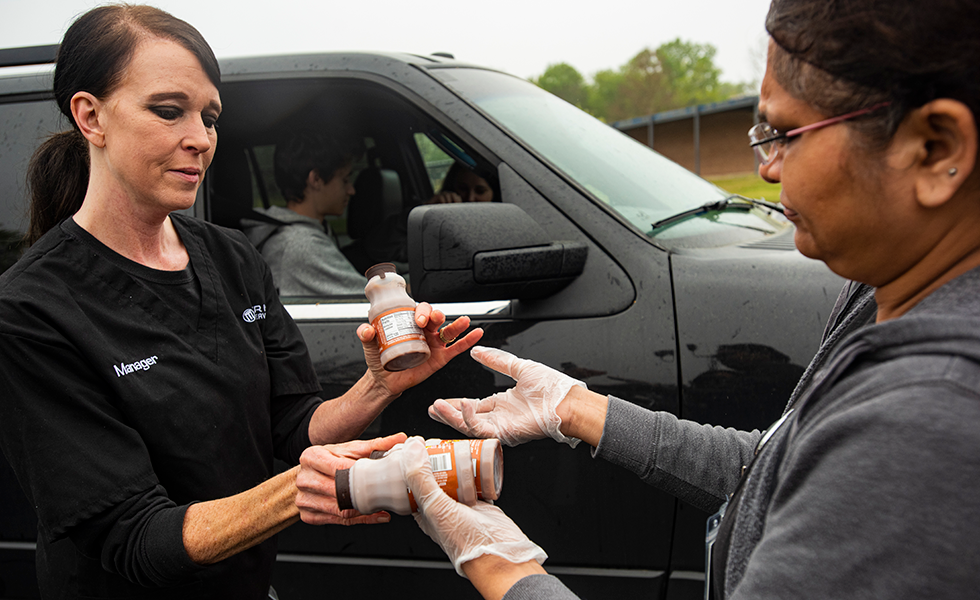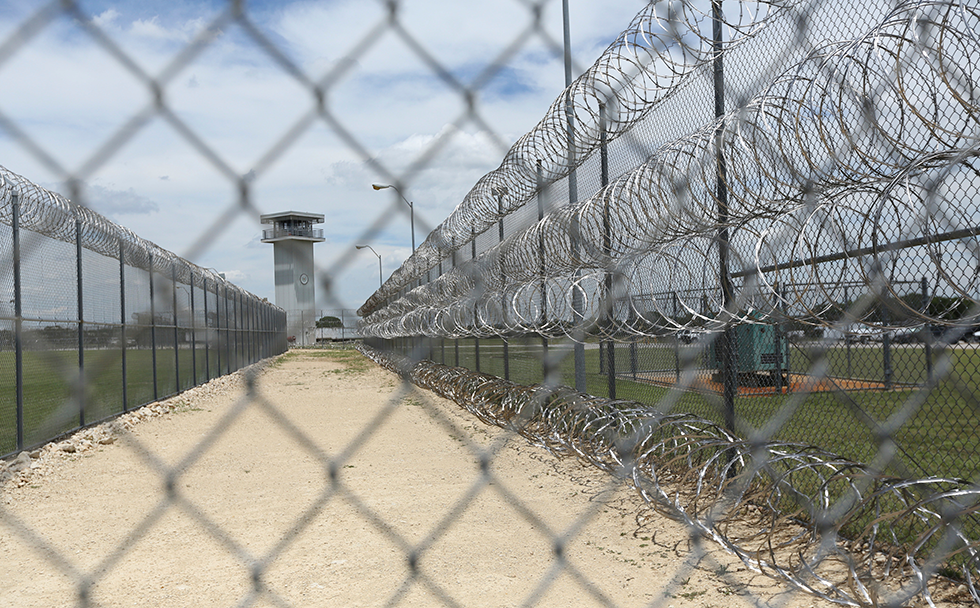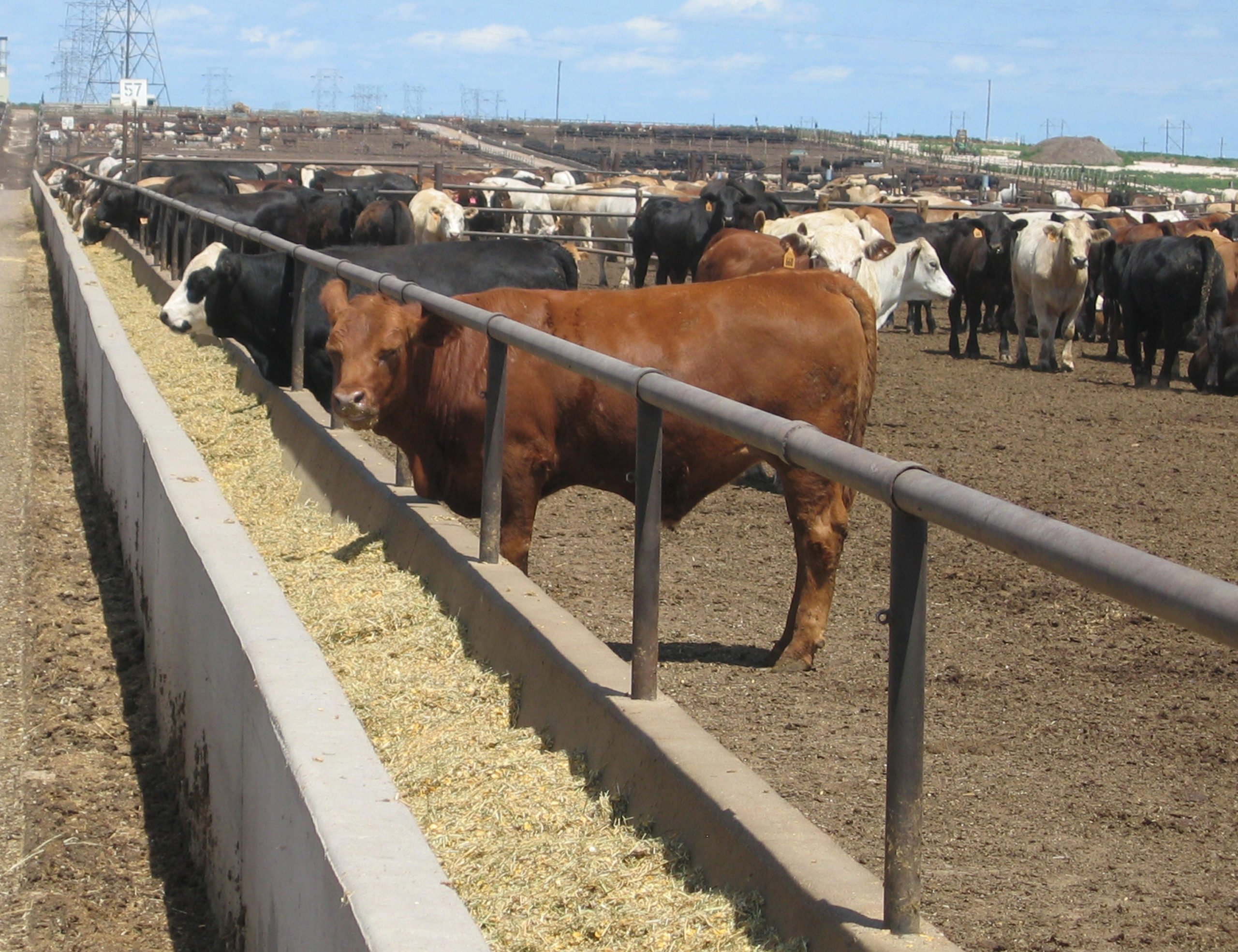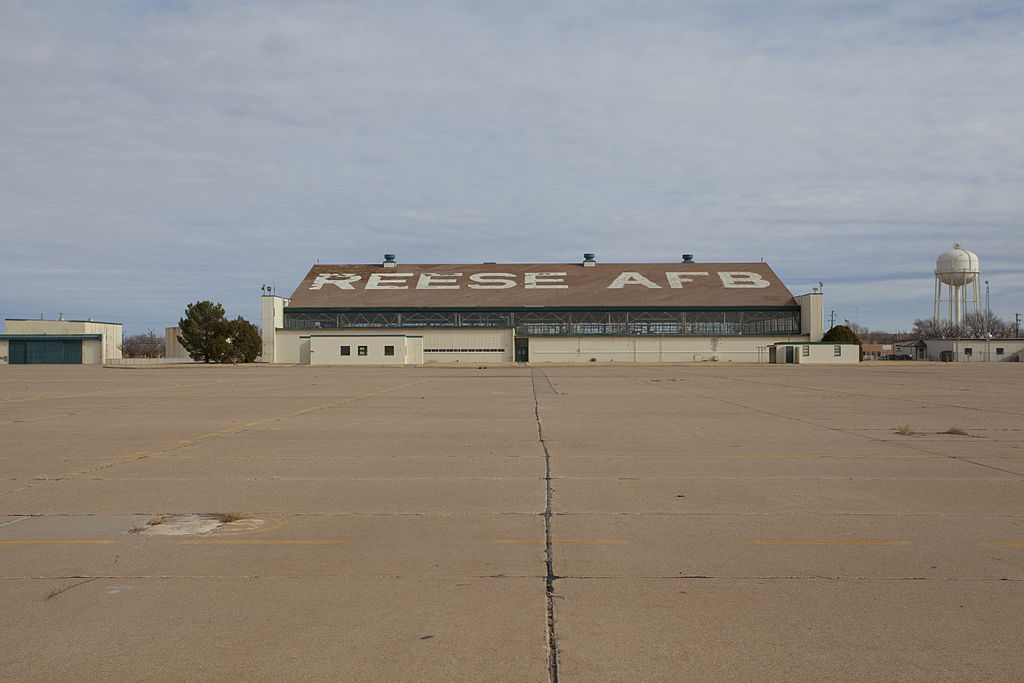
Nearly 500,000 Texans Live in Communities with Contaminated Groundwater. Lawmakers Aren’t Doing Much About It.
Despite growing national concern about the health effects of “forever chemicals,” the state’s Congressional delegation has barely made a peep.

Even if they don’t kill you, they’ll definitely outlast you.
Texans living near seven military sites discovered last year that their groundwater is heavily polluted with a dangerous group of contaminants called “forever chemicals” — man-made compounds that take thousands of years to break down. In communities near a now-shuttered air force base in Lubbock County, for example, residents unknowingly showered, cooked with and drank contaminated water for decades.
Many of these compounds, called per- and polyfluoroalkyl substances (PFAS), may be hazardous to human health — raising the risk of cancer, liver damage and infertility, among other ailments. Nearly half a million Texans live within three miles of sites where groundwater has been deemed “extremely” contaminated, a byproduct of firefighters spraying high-tech foam to extinguish blazes at bases since 1970. But the state’s Congressional delegation has barely made a peep, with only one Texas representative joining the handful of lawmakers who’ve filed bills to limit exposure to the chemicals and urged the Environmental Protection Agency to take action.
“People living on or near these bases have been drinking contaminated water for a long time and are just now finding out about it.”
The PFAS family includes more than 5,000 chemicals, but two of the most common, PFOA and PFOS, are used to make nonstick pans, carpets and firefighting foam. Last year, the Centers for Disease Control and Prevention quietly reported that PFAS are significantly more dangerous than previously thought, while a Food and Drug Administration report released this month found that the compounds have permeated the American food supply. Trump’s EPA has not yet set a “maximum contaminant level” for the chemical in drinking water, as it does for other dangerous substances such as lead and arsenic.
In some parts of Texas, PFAS water contamination appears to be severe. Near Lubbock, in communities surrounding the former Reese Air Force Base, 222 private water wells and three public wells had PFAS levels above the EPA’s recommended threshold of 70 parts per trillion, the Lubbock Avalanche-Journal reports. Residents suspect the pollution may have caused cancer and premature deaths in both humans and farm animals, but more research is needed.
A Department of Defense official told the Observer that PFAS have been detected in the Ogallala Aquifer, a critical source of groundwater for Panhandle residents. The chemical constituents “have migrated approximately 2.5 miles to the east and northeast from the former air force base, in the direction of groundwater flow,” said Malcolm McClendon, an Air Force spokesperson.
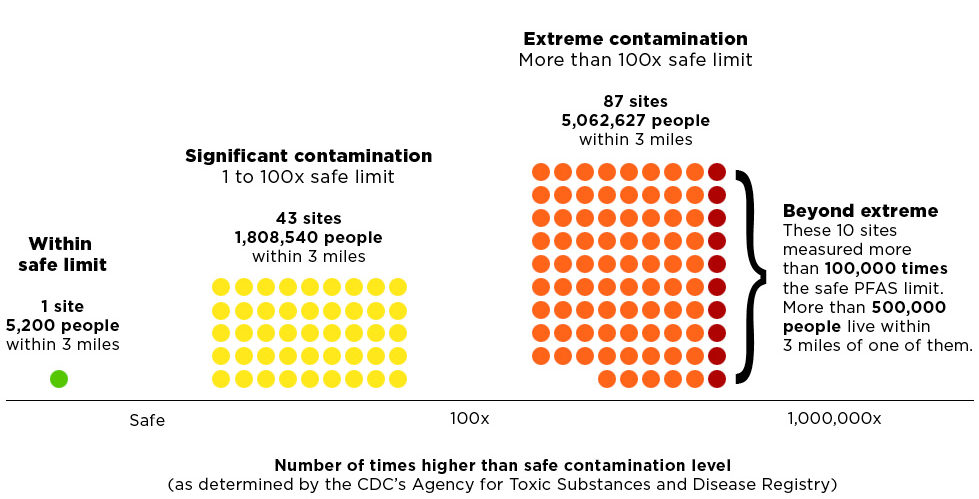
At former and active military bases near Dallas, Austin and San Antonio, firefighting foam has caused PFAS contamination levels thousands of times higher than what the CDC deems safe; roughly 471,000 people live within three miles of the sites, according to the Union of Concerned Scientists. “People living on or near these bases have been drinking contaminated water for a long time and are just now finding out about it,” said Genna Reed, a PFAS expert with the group. When I reached Reed by phone last week, she was attending the second annual PFAS conference in Boston, where people affected by the chemical — including the firefighters who sprayed it for decades thinking it was safe — shared stories and explored solutions.
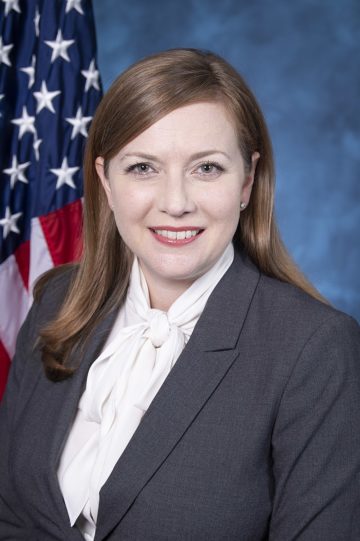
In Congress, U.S. senators and representatives from both parties have filed a flurry of legislation meant to speed the cleanup of contaminated sites and keep the chemical from further penetrating groundwater supplies. One bill, authored by Senator Thomas Carper, a Delaware Democrat, would require the EPA to designate PFAS as a “hazardous substance,” prompting reporting of the chemicals’ release into the environment. Though more than half the Senate, including some Republicans, have signed on to the bill as co-sponsors, neither Ted Cruz nor John Cornyn is among them.
Lizzie Fletcher, a freshman member of Congress from Houston, has filed a bill to provide firefighters better guidance when working with the dangerous chemicals, but none of her Lone Star State colleagues have signed on. A House bill that would force the EPA to set federally enforceable drinking water standards for PFAS also lacks support from the Texas delegation.
In Lubbock, an effort to investigate the health effects of PFAS contamination is underway. A community near the former Reese Air Force Base was one of eight selected by the CDC in February to “look at the relationship between PFAS exposure and health outcomes.” The study is expected to run through 2020. In the meantime, the military is installing water treatment systems in homes as it figures out how to clean up the mess.
